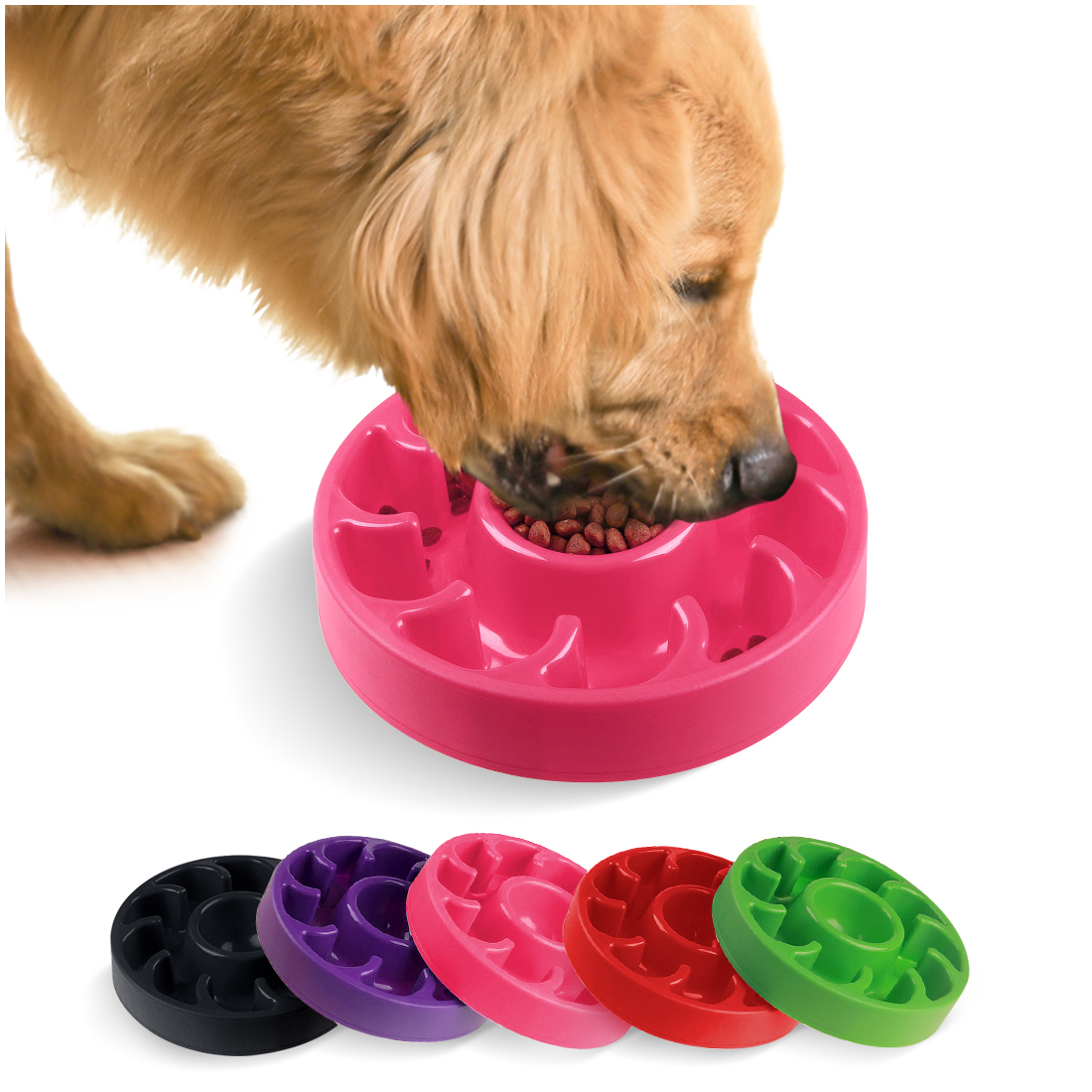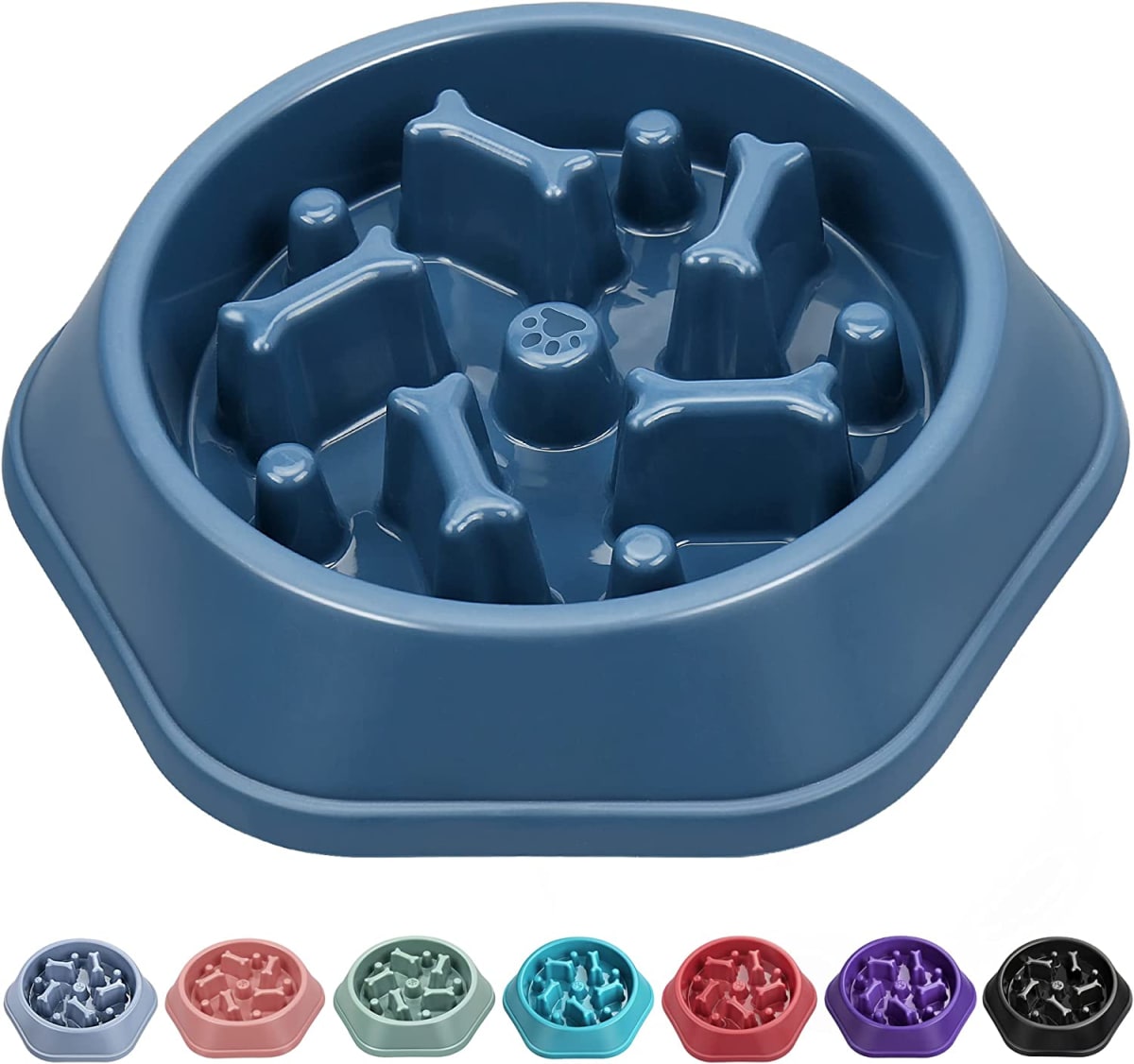Top-Quality Dog Feeder Bowls: The Ultimate Guide For Pet Owners
Choosing the right dog feeder bowls is a crucial decision for every pet owner. Your furry friend's health and well-being depend on the quality and functionality of their feeding equipment. As a responsible pet parent, you want to ensure that your dog gets the best care possible, starting with the right feeding bowls. In this comprehensive guide, we'll explore everything you need to know about dog feeder bowls, from types and materials to maintenance and care.
Feeding your dog with the right tools can significantly impact their eating habits and digestion. Proper bowls not only make mealtime more enjoyable but also contribute to better overall health. Whether you're a first-time dog owner or looking to upgrade your pet's feeding setup, this guide will provide you with all the information you need.
We will delve into the various types of dog feeder bowls, their features, and how to select the best one for your furry companion. By the end of this article, you'll have a clear understanding of what to look for when purchasing dog feeder bowls, ensuring that your pet enjoys safe, healthy, and comfortable mealtimes.
Read also:Mel Gibson On Religion A Deep Dive Into His Spiritual Beliefs And Impact
Why Dog Feeder Bowls Matter for Your Pet's Health
Feeding your dog with the right type of bowl goes beyond aesthetics. The design and material of dog feeder bowls can influence your pet's eating habits and overall health. For instance, dogs with specific health conditions, such as bloat or joint issues, may require specialized feeder bowls to prevent complications.
Health Benefits of Proper Feeder Bowls
Here are some key reasons why choosing the right dog feeder bowls is essential:
- Prevents Bloat: Raised feeder bowls can help reduce the risk of bloat in large breed dogs by slowing down their eating pace.
- Supports Joint Health: Elevated bowls can ease strain on your dog's neck and joints, especially for older or larger dogs.
- Encourages Healthy Eating Habits: Slow feeder bowls can prevent gulping and encourage mindful eating, reducing the likelihood of digestive issues.
By selecting the appropriate feeder bowls for your dog's specific needs, you can significantly improve their quality of life.
Types of Dog Feeder Bowls
There are various types of dog feeder bowls available in the market, each designed to cater to different needs and preferences. Understanding the options will help you make an informed decision when purchasing feeder bowls for your pet.
Standard Feeder Bowls
Standard feeder bowls are the most common type and are suitable for most dogs. They come in various sizes and materials, making them versatile and affordable. These bowls are ideal for dogs without specific dietary or health concerns.
Elevated Feeder Bowls
Elevated feeder bowls are designed to raise the bowl to a comfortable height for your dog. This type of bowl is particularly beneficial for dogs with joint issues or those prone to bloat, as it reduces strain on their neck and joints.
Read also:Alex Goldberg The Rising Star In The Business World
Slow Feeder Bowls
Slow feeder bowls are designed to slow down your dog's eating pace, preventing them from gulping food too quickly. These bowls often feature intricate designs that make it challenging for dogs to eat too fast, promoting healthier digestion.
Materials Used in Dog Feeder Bowls
The material of a dog feeder bowl is an important consideration, as it affects durability, hygiene, and overall safety. Here are some common materials used in dog feeder bowls:
Stainless Steel Bowls
Stainless steel bowls are durable, easy to clean, and resistant to bacteria. They are a popular choice for pet owners who prioritize hygiene and longevity.
Ceramic Bowls
Ceramic bowls are stylish and heavy, preventing them from tipping over. However, they may not be as durable as stainless steel and require careful handling to avoid breakage.
Plastic Bowls
Plastic bowls are lightweight and affordable but may not be as hygienic as other materials. They can harbor bacteria and may not be suitable for dogs that chew on their bowls.
How to Choose the Best Dog Feeder Bowls
Selecting the right dog feeder bowls involves considering several factors, including your dog's size, eating habits, and any specific health needs. Here's a step-by-step guide to help you make the best choice:
Consider Your Dog's Size
Smaller dogs may require smaller bowls, while larger dogs need bigger bowls to accommodate their food intake. Ensure the bowl is the right size to prevent spills and make mealtime more comfortable for your pet.
Think About Your Dog's Eating Habits
If your dog tends to eat too quickly, consider a slow feeder bowl to encourage slower eating. For dogs with joint issues, elevated bowls can provide added comfort during meals.
Look for Durable Materials
Choose materials that are durable and easy to clean. Stainless steel and ceramic are excellent choices for longevity and hygiene.
Maintaining and Cleaning Dog Feeder Bowls
Regular cleaning and maintenance of dog feeder bowls are essential for your pet's health. Unclean bowls can harbor bacteria and lead to digestive issues or infections. Follow these tips to keep your dog's bowls clean and hygienic:
Wash After Every Meal
Wash your dog's bowls thoroughly after each meal using warm, soapy water. Rinse well and dry before the next use to prevent bacteria buildup.
Sanitize Regularly
Sanitize your dog's bowls weekly using a mild bleach solution or a dishwasher safe cycle. This ensures that any lingering bacteria are eliminated.
Common Mistakes to Avoid When Choosing Dog Feeder Bowls
Many pet owners make mistakes when selecting dog feeder bowls, which can negatively impact their pet's health. Here are some common errors to avoid:
- Choosing bowls that are too small or too large for your dog's size.
- Selecting materials that are difficult to clean or prone to bacteria buildup.
- Ignoring your dog's specific health needs, such as requiring elevated or slow feeder bowls.
Expert Tips for Optimizing Dog Feeder Bowls
Here are some expert tips to help you get the most out of your dog's feeder bowls:
Invest in High-Quality Bowls
While it may be tempting to opt for cheaper options, investing in high-quality feeder bowls can save you money in the long run. Durable materials and thoughtful designs can enhance your pet's mealtime experience.
Monitor Your Dog's Eating Habits
Pay attention to how your dog interacts with their feeder bowls. If you notice any issues, such as difficulty eating or discomfort, consider switching to a different type of bowl.
Top Brands and Models of Dog Feeder Bowls
Several reputable brands offer high-quality dog feeder bowls that cater to different needs. Some popular options include:
- Pawstruck Raised Dog Feeder: An elevated feeder bowl designed for large breed dogs with joint issues.
- Nom Nom Now Slow Feeder Bowl: A bowl designed to slow down your dog's eating pace, reducing the risk of bloat.
- Stainless Steel Pet Bowl by PetAg: A durable, hygienic bowl made from high-quality stainless steel.
Conclusion: Elevate Your Dog's Mealtime Experience
Choosing the right dog feeder bowls is an essential part of responsible pet ownership. By considering factors such as material, design, and your dog's specific needs, you can ensure that your furry friend enjoys safe, healthy, and comfortable mealtimes. Remember to clean and maintain the bowls regularly to prevent bacteria buildup and promote better hygiene.
We encourage you to share your thoughts and experiences with dog feeder bowls in the comments section below. Your feedback can help other pet owners make informed decisions. Don't forget to explore our other articles for more tips and advice on pet care!
Table of Contents
- Why Dog Feeder Bowls Matter for Your Pet's Health
- Types of Dog Feeder Bowls
- Materials Used in Dog Feeder Bowls
- How to Choose the Best Dog Feeder Bowls
- Maintaining and Cleaning Dog Feeder Bowls
- Common Mistakes to Avoid When Choosing Dog Feeder Bowls
- Expert Tips for Optimizing Dog Feeder Bowls
- Top Brands and Models of Dog Feeder Bowls
- Conclusion: Elevate Your Dog's Mealtime Experience


